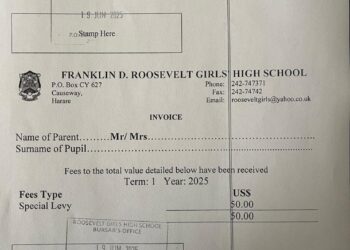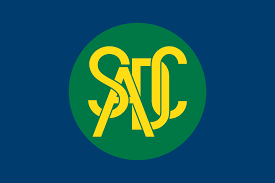Kuwadzana 1 Council Primary School’s decision to segregate students into “muclass yavo vega” (their own class) for unpaid fees raises questions about the lengths schools will go to collect payments. Despite a government warning against barring learners due to unpaid fees, some schools are finding creative ways to enforce payment. This approach highlights the challenges schools face in balancing financial needs with the constitutional right to basic education.
The methods schools use to enforce payment vary. Some, like Kuwadzana 1, opt for separate classes, while others might prioritize students who have paid fees, giving them better resources or opportunities. Additionally, schools might use pressure tactics on parents, such as frequent reminders, meetings, or even public shaming, to encourage payment. These approaches can create a complex and often unfair environment for students and parents alike.
Schools defy government warnings for several reasons. Financial survival is a significant factor, as schools rely on fees to operate, including paying teacher salaries, maintaining infrastructure, and providing educational resources. Many schools feel that the government isn’t providing enough support or alternatives, leading them to take matters into their own hands.
The consequences of these actions can be far-reaching. Segregation can lead to feelings of shame and low self-esteem among students, while the focus on fee payment can disrupt the learning environment and create unequal opportunities. Furthermore, students who can’t pay might eventually lose interest or feel forced to leave school, potentially increasing dropout rates.
source – online









